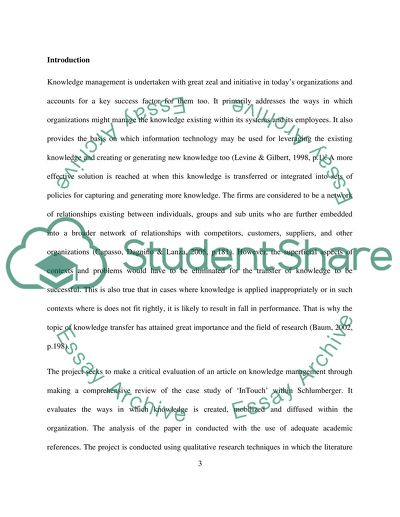Cite this document
(“Innovation, knowledge and learning Assignment Example | Topics and Well Written Essays - 3000 words”, n.d.)
Retrieved de https://studentshare.org/marketing/1390967-innovation-knowledge-and-learning
Retrieved de https://studentshare.org/marketing/1390967-innovation-knowledge-and-learning
(Innovation, Knowledge and Learning Assignment Example | Topics and Well Written Essays - 3000 Words)
https://studentshare.org/marketing/1390967-innovation-knowledge-and-learning.
https://studentshare.org/marketing/1390967-innovation-knowledge-and-learning.
“Innovation, Knowledge and Learning Assignment Example | Topics and Well Written Essays - 3000 Words”, n.d. https://studentshare.org/marketing/1390967-innovation-knowledge-and-learning.


